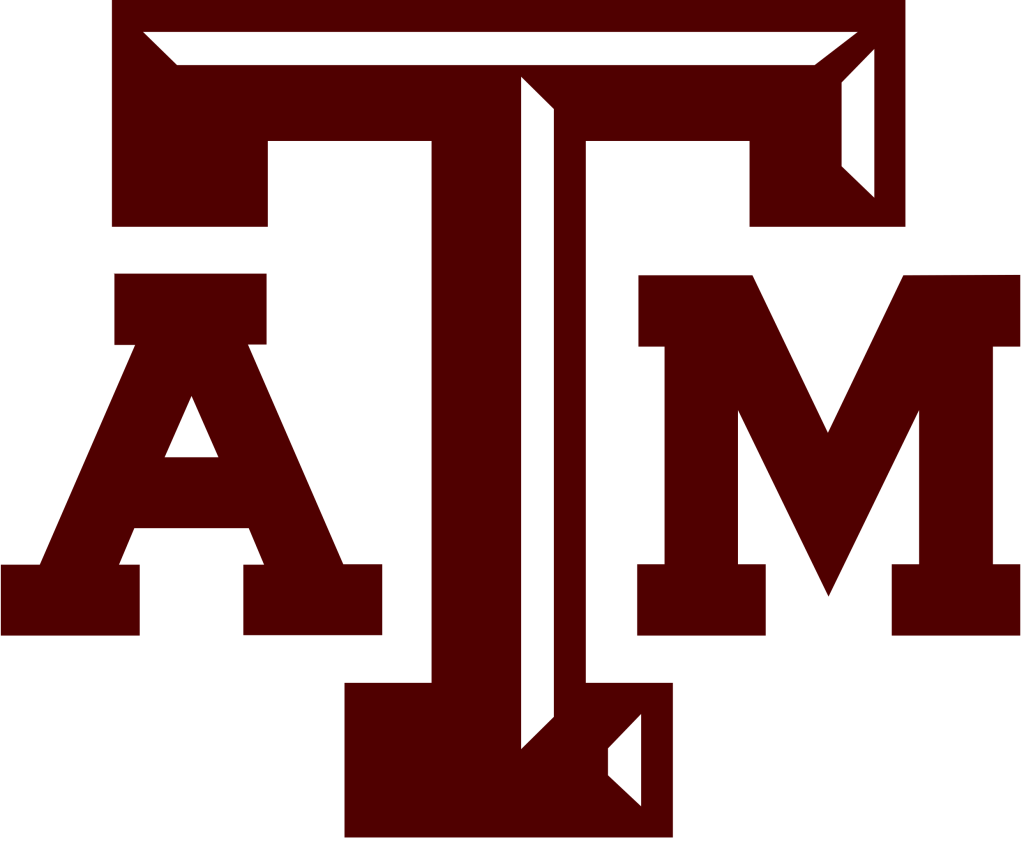Transforming Continuing and Professional Education at Texas A&M
The Texas A&M Engineering Experiment Station (TEES) faced a pivotal moment in its evolution. Traditionally focused on providing continuing education programs in engineering, TEES sought to transform into a centralized and robust continuing and professional education (CPE) department that could leverage the strength of the Texas A&M brand locally, nationally, and internationally. By conducting an organizational assessment, market feasibility research, and a branding and marketing strategy, The Spur Group provided TEES with a comprehensive roadmap for this transformation.
🔍 The Opportunity
For years, TEES had been offering engineering-focused continuing education programs. However, Texas A&M University lacked a centralized Continuing and Professional Education (CPE) unit, despite its renowned brand and significant demand for STEM programs. The Houston area, along with Texas A&M’s existing international recognition, presented a remarkable opportunity to establish a premier CPE department.
TEES was supported by a small team of five individuals who managed the entire unit. This dedicated team had the budget and administrative buy-in to expand and modernize their operations. Notably, the administration within the College of Engineering was highly motivated to embrace this transformation, recognizing the potential to create a department that could serve diverse audiences while building on Texas A&M’s engineering expertise.

“Our project with The Spur came at a critical time in the transformation of Texas A&M’s TEES unit.” said Dr. Melissa Walden. The university didn’t really have a continuing professional education department, and the programs we had been offering made sense for that type of unit. So our goal — which Spur ultimately helped us achieve — was to transform into a successful and community- and program-driven organization.”
Dr. Melissa Walden, Director of Engineering Professional Education
💡 The Solution
The transformation of TEES required three interconnected projects:
1. Organizational Assessment
Spur conducted a thorough review of the existing organizational structure and operations to determine how to best utilize the current team while identifying additional staffing needs. This process involved:
- Analyzing current roles and responsibilities.
- Mapping job duties against the future goals of the CPE department
- Developing recommendations for new positions to be added incrementally as the department’s revenue grew
“We never thought it would be possible to become a centralized, continuing and professional education center within the university,” said Dr. Walden. “Based on how strong Texas A&M’s brand is locally, regionally, and nationally, Spur helped us down the path to massive success.”
2. Market Feasibility Research
This comprehensive study explored local, regional, national and international markets to identify potential audiences and program opportunities.
Given Texas A&M’s global reputation, Spur evaluated:
- Program demand across hundreds of millions of potential students
- Specific markets, including South Korea, where STEM programs were in high demand
- Emerging trends in engineering and STEM education that could influence future offerings
The research revealed that 51.6% of international students were seeking STEM-related programs in the United States. This insight underscored the potential for Texas A&M to position itself as a leader in this space.
“We were amazed by the level of research and forecasting Spur was able to do with the little information that we were able to supply them,” said Dr. Walden. “In helping us formulate our goal was, the Spur team really drove the conversation of how our organization should look, programs we can offer, and how to properly market and recruit for those programs.”
3. Branding and Marketing Strategy
Our final step involved creating a cohesive branding and marketing strategy that aligned with Texas A&M’s standards while setting the new CPE unit apart. Key components included:
- Developing a brand expression guide to establish a distinct identity for the department
- Crafting a customized program portfolio categorized for future growth
- Building student personas to guide recruitment and marketing efforts
Spur recommended renaming TEES Edge to simply “Edge,” reflecting the unit’s future focus on agility, global presence and corporate programming.
📈 The Outcome
The final recommendations were presented to the College of Engineering on March 13, 2020, just days before the world shut down due to COVID-19. Despite the challenging timing, the strategies we provided laid the groundwork for a successful transformation.
Key outcomes included:
- Organizational Shift: The existing team adjusted their roles to focus on programming, marketing and operations. The roadmap included detailed plans for hiring seven additional positions as revenue grew.
- Proactive Operations: Spur emphasized the importance of transitioning from a reactive to a proactive approach. This involved:
- Anticipating local, national, and global trends
- Building partnerships within the university
- Responding to community and market needs with agility
- Expanded Portfolio: The program portfolio was restructured to include training and organizational business development. This diversification allowed TEES to differentiate itself from competitors while leveraging its engineering expertise.
- Global Reach: The feasibility research identified South Korea as a key market, opening new avenues for international recruitment and programming.
Brand Transformation: The branding strategy positioned Edge as a leader in continuing and professional education, with a strong focus on engineering and STEM programs.

Dr. Melissa Walden
Director of Engineering Professional Education
“We were amazed by the level of research and forecasting Spur was able to do with the little information that we were able to supply them,” said Dr. Walden. “In helping us formulate our goal was, the Spur team really drove the conversation of how our organization should look, programs we can offer, and how to properly market and recruit for those programs.”
Through these efforts, TEES was poised to become a centralized, globally recognized CPE department that could drive innovation, respond to market demands, and uphold Texas A&M’s land-grant mission.

